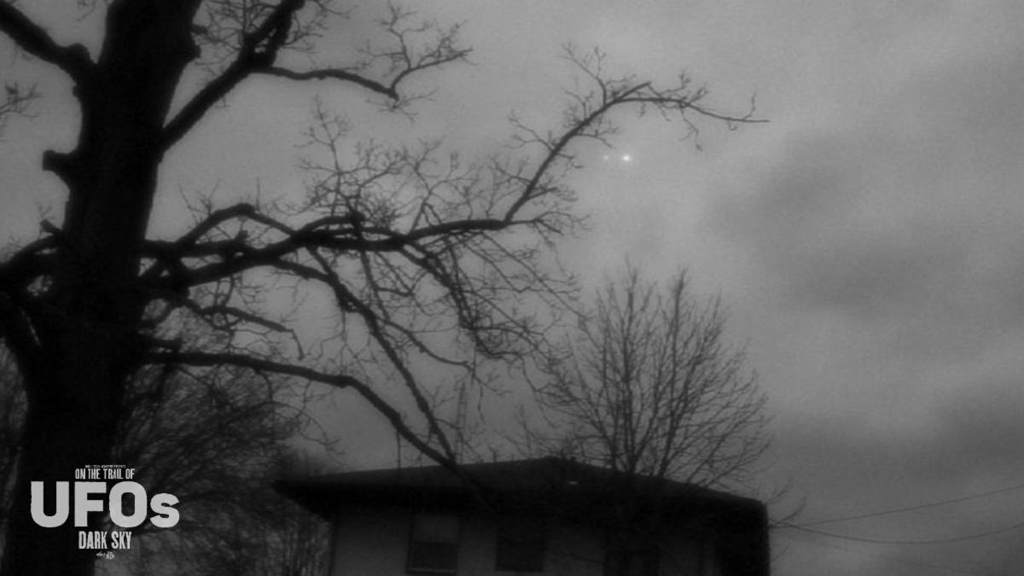People today make a big deal about how much online accounts edit their photographs. For the most part, these people are correct with how much editing goes into each photograph before these images are even posted. According to a recent survey, a whopping 71 percent of all online users edit their selfies before they put them up on social media.
This may seem like a modern issue, given how easy it is to doctor and retouch photos. But the truth is photo manipulation has been around almost as long as photography. Studios and photographers have been editing pictures from the very beginning.
Learn about 5 of photo manipulation techniques that were developed long before jewelry photo retouching services and Snapchat filters were even invented.
- Composite Images
Composite images refer to pictures that use components from different photographs to make a new or altered image. Today, this can be accomplished with only basic photo editing tools. Face swapping software is so common you can download apps and filters for it.
Back in the day, compositing images involved cutting out parts of another photograph’s negatives and physically attaching it to the image you wanted to edit. This has been around for a very long time. In fact, one of the most famous pictures in history is a composite image. The well-known photo of Abraham Lincoln standing next to a chair is actually a composite image of his head attached to the body of John Calhoun. This photo was edited in 1860, only three decades after the invention of the first permanent photograph.
- Blemish Removal
Most of the editing done on photographs posted on social media today has to do with removing blemishes, either subtly or more directly. For example, you may use a soft brush to even out your skin tone or replace your mouth entirely because you believe you have the offensively named British teeth. Filters on apps like Instagram and Snapchat accomplish this very quickly today, but when physical photographs were the only option, this was a lot more painstaking.
Studios would employ people to physically scrape away and retouch negatives on specialized light tables. Some jobs would be as simple as painting away moles or wrinkles. Others were more complicated, such as reducing jowls. This was painstaking work that took hours. Later on, people used airbrushes to manipulate the photographs, a term that has remained to this day.
- Soft Lens
One way people could achieve a blemish-free appearance on photographs involved soft focus. This diffuses the light and removing focus on things like wrinkles and the texture of your skin. Apps today can achieve this by manipulating the light or by altering the focus of the camera.
Prior to digital technology, there were more direct methods for achieving soft focus. One way that was used extensively in photography and film was applying a thin coat of Vaseline or similarly viscous substance on the lens. This diffused the light and made people, especially women, look younger and more ethereal.
- Removing and Adding People
No one wants to miss out on important events, not even in the photographs. On the flipside, sometimes you want to remove people like photobombers from your images. Even with today’s technology, it’s a difficult job to completely erase someone from any picture. It involves brushing away the person and putting in the background. This takes a long time, no matter what app or software you’re using.
This photo manipulation technique was even harder before digital photography. The person had to be removed through paint or pencils from the negatives. The background then had to be carefully retouched. This was often done to remove people from posed photographs. For example, someone posing on a horse may have the person holding the reins removed for a more heroic looking image.
- Fantastic Additions
Photographs today can be very hard to trust given the immense technology at people’s disposal. Someone can use photoshop to make it look like a monster is lurking in someone’s photo. This level of photo manipulation can range from the transparently edited to extremely convincing, depending on the editor’s skills.
Frauds like ghosts and mystic creatures were present in photos centuries ago. Ghost photography, sometimes done through double exposure or by use of chemicals, were a huge trade in the Victorian era. Faeries made of cardboard and stuck with pins were enough to fool even Arthur Conan Doyle into believing their existence.
Too many people think that editing is something that only developed recently when this is not the case. Photographers have been editing their images for centuries. Learning about these techniques can help you recognize which photos are real or not and give you a critical eye.

